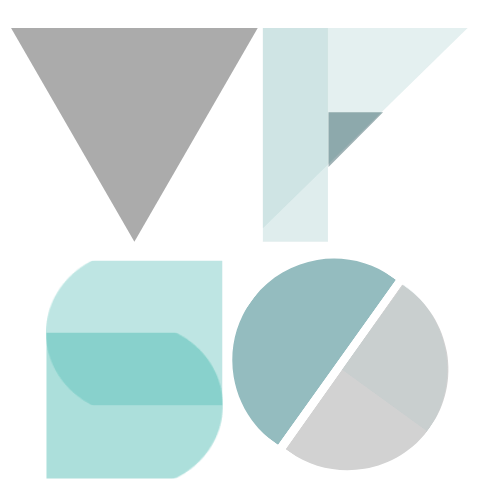Organization
There are many things developing nations need to foster sustainable health and prosperity; education is often the forgotten ingredient. Sadly, many developing nations lack the university-level programs to develop their own experts – the doctors, engineers, researchers, and community leaders they need so badly.
Founded in 2007, Academics Without Borders / Universitaires sans frontières (AWB) works to change that by helping developing nation universities build the programs, capacity and plans they need to educate the next generation of professionals and leaders. Some of our projects take weeks, others take years, but since 2009, we have worked on over 125 projects in 32 countries. We have done everything from helping build IT infrastructure to launching new degree programs, to helping found an entire university.
Our model is unique. We don’t bring people to Canada to learn here; we don’t drop our experts in during times of crisis. Instead, we are involved in strategic initiatives that enhance the ability to develop nation universities to succeed on their own.
Project Information
We are looking for any kind of visualization that will tell compelling stories about our global efforts, the organization and impact to society. There are 3 focus areas:
1. Our projects
2. Project Financials – illustration of the actual impact value of a donation
In addition to its effectiveness, AWB’s impact is substantially augmented by the fact that we are financially very efficient - both because we minimize all admin costs and, most importantly, because the highest cost element of our operations is the time of our expert consultants who act as volunteers without remuneration.
Paradoxically, this results in any proportional representation of our costs appearing to be very heavily weighted towards non-project/admin costs because the service we actually deliver to our partners is largely free - we pay only for direct costs such as airfare, accommodations, etc.
We have attempted to illustrate this situation through visualization of what our costs would actually be if we paid for the services of our expert consultants.
We have done this largely by attributing a value to our volunteers' work on a project based on a reasonable daily rate. Using this estimate, we then looked in detail at the actual costs and time devoted by volunteers to 11 projects and calculated an average distribution of costs, including an estimate of the average value of the volunteers’ time.
From this, we can estimate the actual impact of the donor’s donation as a multiplier, i.e., each dollar results in an impact of 6 times the value of the donation.
We have developed two illustrations of this analysis: concentric circles (Annual Report 2018, p21) and bar graph (Annual Report 2019, p21).
Is there a more effective way to visualize this?
3. Visualization of the Visiting Instructor and Teach-the-teacher model
Intended to represent visually the wide impact that one volunteer may have over time if the work is focused on an educator who then teaches others repeatedly across time and whose students go out to practice in some profession. Comparison of the impact of a Visiting instructor (1-time visit by an expat who simply teaches the course and does not train local faculty) vs. AWB’s teach-the-teacher model
Call-to-Action
· People and funding organizations can donate/provide grants
· Higher education institutions in the low and middle-income countries can apply for capacity-building projects
· Canadian universities and colleges can become members of our AWB Network
· Qualified people anywhere can volunteer
Audience
· General public
· Canadian colleges and universities, as institutions and as individual faculty members and staff
· Higher education institutions in the low and middle-income countries of the world
· Funding organizations
Use of Data Visualization
Website, social media, annual reports, grant applications, other communications
Data
1. AWB Data Viz for Social Good Final Excel workbook with tabs for
a. Projects
b. Project Financials for 11 projects
c. Multiplier info on Visiting Instructor and AWB’s teach the teacher approach
d. Data Dictionary
2. AWB High-resolution logo
3. Human Development Index (HDI) from the United Nations Human Development Reports has been incorporated into the dataset. Further data can be obtained from http://hdr.undp.org/sites/default/files/hdro_statistical_data_tables_1_15_d1_d5.xlsx
Deadline
August 14th, 2020
How to participate
· Sign up as a volunteer if you haven’t already.
· Join Viz for Social Good Slack and project channel #project-2020-academics-without-borders
· Submit your visualization to Viz for Social Good - Academics Without Borders
· Use social media tags @VizFSG, @AWB_USF, #vizforsocialgood
· Attend the live virtual event on August, 20th at 6 pm EST, where you can get the opportunity to pitch your visualizations to the AWB team.
